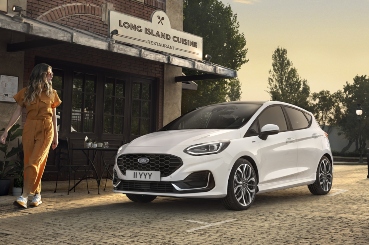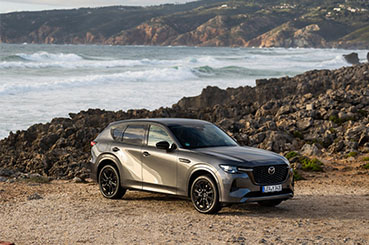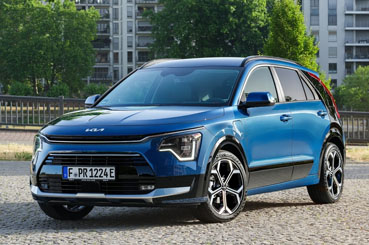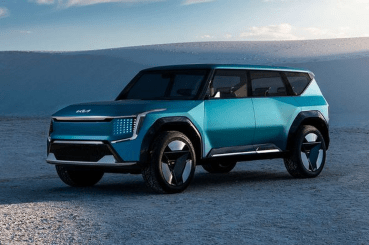
The Ford Fiesta has been a staple in the Ford lineup for many years, but it looks like that is all about to change.
Ford recently announced that it will discontinue production of the Fiesta in June 2023, along with the Ford S-Max and Ford Galaxy in April next year. This news may come as a shock to some, but there are several reasons why Ford has made this decision – including the embrace of electric vehicles.
We will take a closer look at what led to Ford’s decision, and what to expect from the company moving forward.
Popularity of the Fiesta
The Ford Fiesta has been around since 1976 and has been one of the most popular models in the Ford lineup. It’s known for its affordability, fuel efficiency, and fun-to-drive nature. The Fiesta has also been available in a variety of body styles over the years, including a saloon, hatchback, and even a convertible.
But after four decades and eight generations, production of the Fiesta will be discontinued.
So why is Ford discontinuing the Fiesta?
There are several reasons, the first being that Ford is currently focusing its efforts on electrification. The company plans to invest $11 billion (just over £9.5 billion) into electric vehicles by 2022 and expects them to make up 40% of its global sales by 2030. With that said, it doesn’t make sense for Ford to continue investing in a model like the Fiesta when there are other, more promising options out there.
Ford recently announced that it will be going all-electric by 2030. This move signals a major shift in the automotive industry, and it is sure to have a ripple effect on the global economy. Ford is one of the world’s largest automakers, and its decision to go all-electric is a clear sign that electric vehicles are the future. This move also demonstrates Ford’s commitment to sustainability and reducing its environmental impact. Electric vehicles emit far fewer greenhouse gases than traditional petrol or diesel-powered cars, and they are also much more efficient. In addition, electric vehicles are becoming increasingly affordable, and they offer an appealing alternative to traditional cars. Ford’s all-electric future is exciting news for both the environment and the economy, and it is sure to have a major impact on the automotive industry.
Ford’s statement alluded to these points with an exciting future: “We will introduce three new exciting electric passenger vehicles and four new electric commercial vehicles in Europe by 2024.
“We plan to sell more than 600,000 electric vehicles in the region by 2026, and the electric passenger vehicle production at the Cologne Electrification Centre will reach 1.2 million vehicles over a six-year timeframe.”

What does this mean for consumers?
First and foremost, it means that the Ford Fiesta will no longer be available after 2023. If you’re currently in the market for a Fiesta, you’ll need to act fast.
Secondly, it means that Ford will be focusing even more on electric vehicles in the future. So if you’re looking for an affordable and fuel-efficient Ford model, an EV may be your best bet.
Do you have any questions about the Ford Fiesta or Ford’s EV plans? Let us know in the comments below! And be sure to check back for more updates on Ford’s upcoming electric vehicles.




